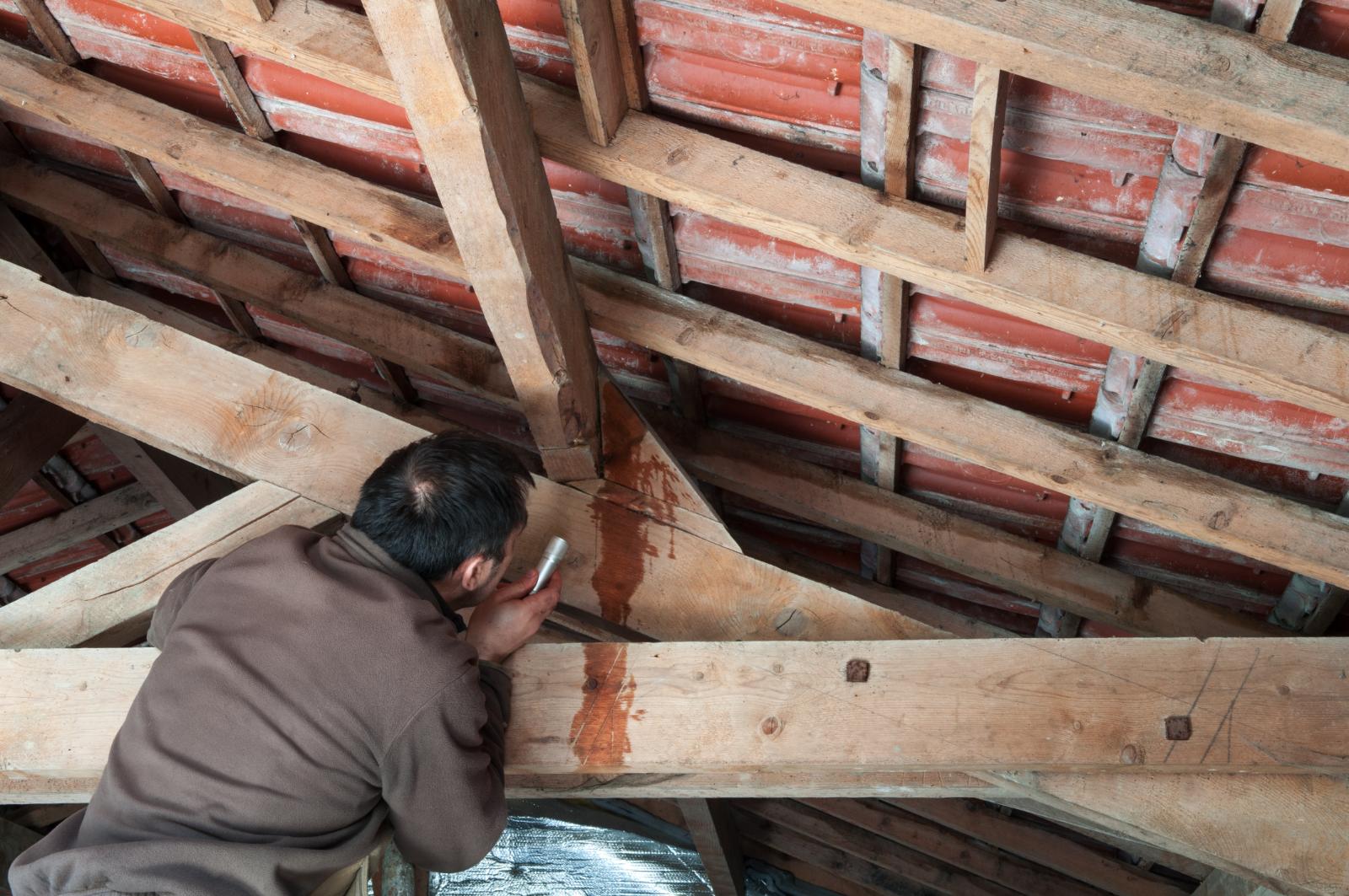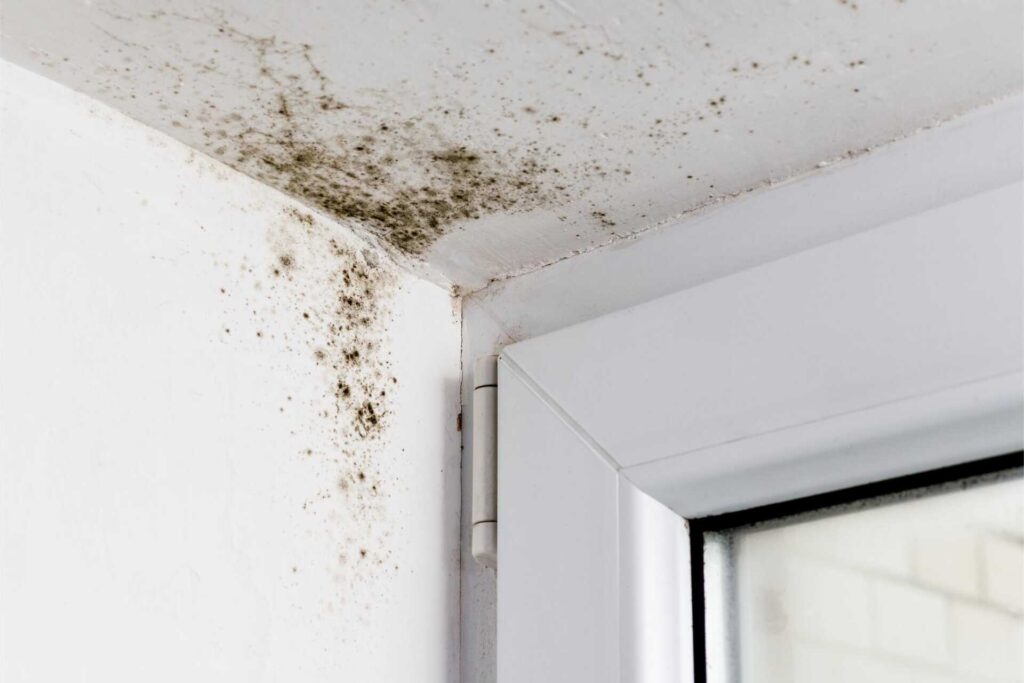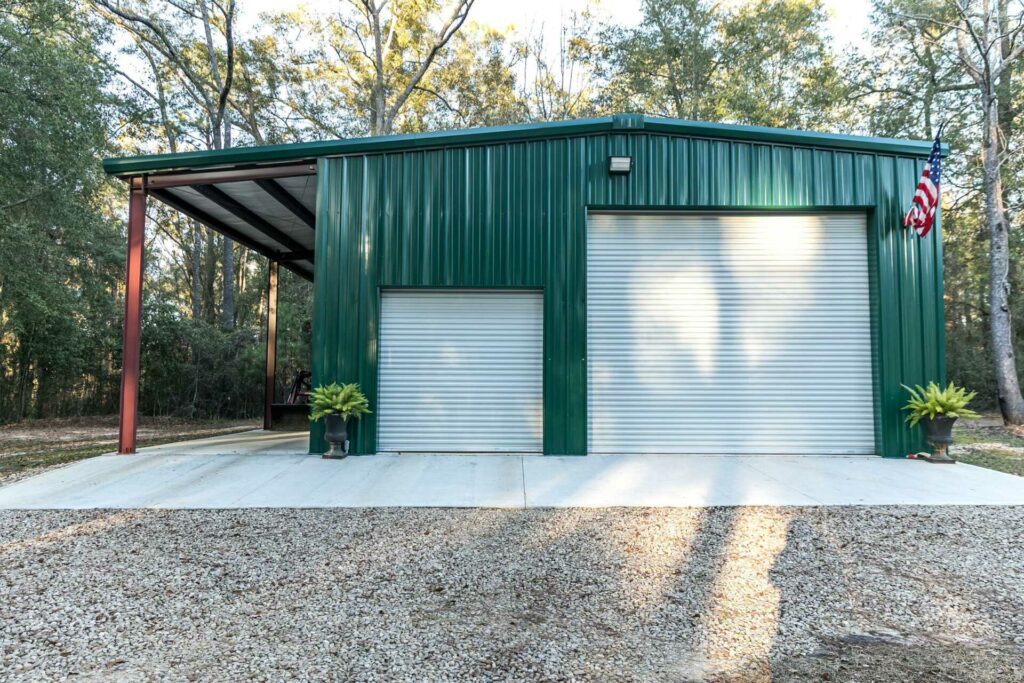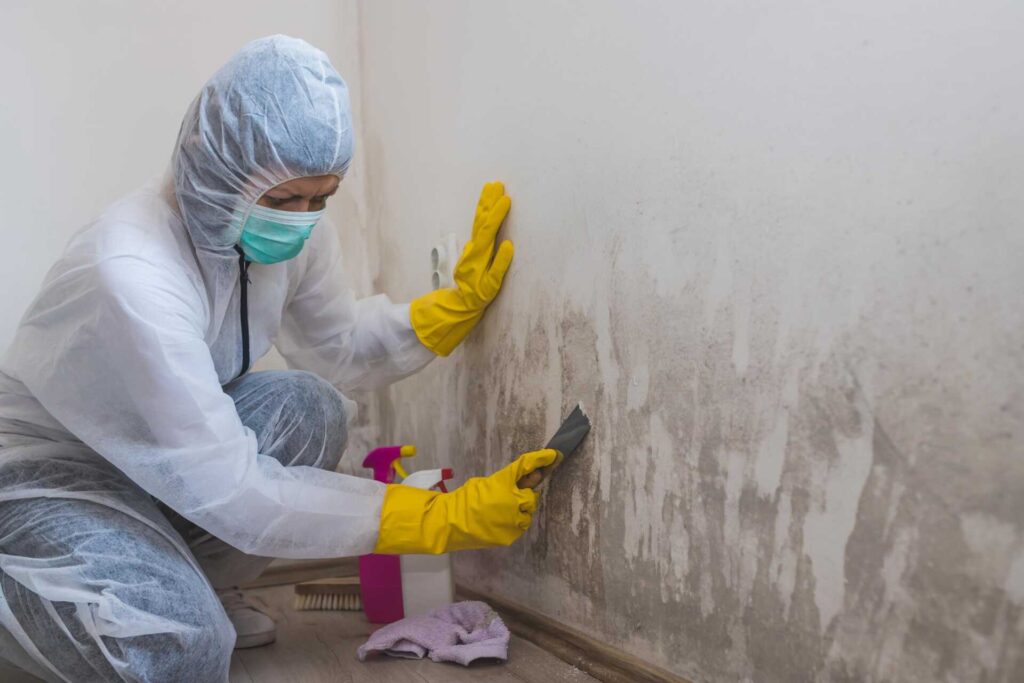Contents
When it comes to ensuring the longevity and stability of your roof, adopting effective inspection techniques is vital. By mastering the art of safe and thorough roof assessments, you can proactively address potential issues before they escalate, saving you time and money in the long run. As you navigate the intricacies of roof inspections, some essential tips and strategies can elevate your expertise in this pivotal aspect of property maintenance. Stay tuned to discover the top insights that will empower you to conduct efficient and reliable roof assessments.
Key Takeaways
- Conduct regular inspections to maintain structural integrity and prevent costly damages.
- Prioritize safety by wearing appropriate gear and following safety protocols.
- Utilize proper ladder usage to ensure stability and prevent accidents.
- Implement teamwork for safety, assigning roles and conducting safety briefings.
- Check for signs of water damage like discoloration, stains, and mold growth during inspections.
Importance of Regular Inspections
Regular inspections of your roof are essential in maintaining its structural integrity and preventing costly damages. By conducting routine assessments, you engage in preventative maintenance that can greatly extend the lifespan of your roof. Early detection of issues such as cracked shingles, water leaks, or sagging areas allows for timely repairs, saving you from more extensive and expensive problems down the road. This proactive approach not only safeguards your property but also provides peace of mind, knowing that your roof is in excellent condition.
To start your inspection, equip yourself with a sturdy ladder, appropriate safety gear, and a keen eye for detail. Begin by examining the overall condition of the roof surface, paying close attention to any signs of wear and tear. Check for loose or missing shingles, debris buildup, and signs of water damage. Document any findings and address them promptly to prevent further deterioration.
Safety Precautions for Inspectors
When inspecting roofs, it’s important that you prioritize safety by wearing appropriate gear such as helmets and harnesses.
Utilize ladders correctly, ensuring they’re stable and placed on level ground to prevent accidents.
Remember that teamwork plays an essential role in maintaining a safe environment, so always work with a partner to watch each other’s back.
Safety Gear Importance
Make sure you’re equipped with the necessary safety gear before conducting any roof inspections to protect yourself from potential hazards and ensure a thorough and safe inspection process. Safety protocols dictate that wearing appropriate protective gear is essential for your well-being while inspecting roofs.
Prioritize wearing a hard hat to safeguard your head from falling objects, sturdy work boots with good grip to prevent slipping, and safety glasses to shield your eyes from debris. Additionally, don gloves to protect your hands, especially when handling rough materials. A safety harness is vital for working on steep roofs, ensuring you’re securely attached to prevent falls.
Proper Ladder Usage
Equipped with the necessary safety gear from head to toe, your next critical focus during roof inspections is mastering the proper usage of ladders to ensure your safety as an inspector.
When climbing, always maintain three points of contact with the ladder, ensuring safe climbing. Before ascending, check that the ladder is stable and secure on a flat surface. Extend the ladder at least three feet above the roof edge for easy access. Secure the ladder with a stabilizer or have a spotter hold the base for additional stability.
Avoid overreaching or leaning too far to either side while on the ladder. By prioritizing safe climbing practices and ensuring ladder stability, you can conduct thorough roof inspections with confidence and security.
Teamwork for Safety
To ensure the safety of inspectors during roof inspections, implementing teamwork for safety is essential. Team building is vital for fostering a collaborative environment where inspectors can look out for one another.
Before starting an inspection, make sure that everyone is aware of emergency response protocols and communication methods. Assign roles such as spotter, ladder holder, and equipment manager to streamline the process and reduce the risk of accidents.
Conduct regular safety briefings to reinforce best practices and address any concerns. Encourage open communication and a supportive atmosphere where inspectors feel comfortable raising safety issues.
Tools Needed for Roof Assessments
To evaluate roofs effectively, ensure you have essential inspection tools readily available. Essential equipment usage is vital to accurately evaluate the roof’s condition and identify potential issues.
Having the right tools at your disposal will streamline the evaluation process and help you conduct a thorough inspection.
Essential Inspection Tools
When performing roof evaluations, having the right tools is crucial for a thorough examination. To make sure you’re well-equipped, consider the following tools for evaluating different roofing materials and utilizing effective inspection techniques:
- Flashlight: Essential for inspecting dark or shaded areas.
- Ladder: Provides access to different parts of the roof for a detailed view.
- Roofing Nails: Used to check the condition of shingles or tiles.
- Moisture Meter: Helps to detect water intrusion or leaks.
- Safety Gear: Includes gloves, helmet, and harness for protection when working at heights.
Having these tools at hand will enable you to conduct a detailed and precise evaluation of your roof, ensuring any issues are identified promptly.
Proper Equipment Usage
Utilize a wide range of tools to facilitate meticulous roof assessments and ensure thorough examinations. Proper tooling is essential for a detailed roof inspection. Make sure you have a sturdy ladder that reaches the roof safely, a moisture meter to detect leaks, a flashlight for dark areas, and binoculars for a closer look at hard-to-reach spots.
Safety training is important when handling these tools; always prioritize your well-being by wearing appropriate gear like gloves, a helmet, and non-slip shoes. Familiarize yourself with each tool’s proper usage to optimize your inspection process.
Identifying Common Roofing Issues
Identifying common roofing issues requires a systematic approach that involves keen observation and thorough examination of key problem areas. When inspecting a roof, pay close attention to details to catch potential issues early. Here are key signs to watch out for:
- Missing Shingles: Look for any gaps where shingles should be present, as this could lead to leaks.
- Curling or Buckling Shingles: These can indicate weathering and potential water damage.
- Sagging Areas: Check for any sections where the roof is sagging, as this could point to structural problems.
- Flashing Damage: Damaged flashing around vents, chimneys, or skylights can lead to leaks.
- Excessive Granules in Gutters: Finding a large amount of granules in the gutters may signal aging shingles.
Assessing Roofing Materials and Age
To properly assess roofing materials and determine the age of a roof, carefully examine the condition of the shingles and other components for signs of wear and deterioration. Start by inspecting the shingles for curling, cracking, or missing pieces, as these are indicators of aging. Check for bald spots where granules have worn off, which can expose the underlying material to potential damage.
Assess the overall color consistency of the shingles; a variation could suggest different batches used during repairs over time. Look at the flashing around chimneys, vents, and skylights for rust, cracks, or gaps that could lead to water infiltration. Additionally, evaluate the age of the roof by reviewing any available records or asking the homeowner for information.
Typically, asphalt shingles last around 20-30 years, while metal roofs can endure 40-70 years. By conducting a thorough roofing material assessment and roof age evaluation, you can better understand the condition of the roof and anticipate any necessary repairs or replacements.
Evaluating Flashing and Seals
When evaluating flashing and seals on a roof, carefully inspect the junction points for any signs of rust, cracks, or gaps that could compromise the waterproofing integrity of the structure. Proper flashing assessment and seal evaluation are important for preventing leaks and maintaining the roof’s longevity.
Here are some key points to keep in mind:
- Check for any visible rust, corrosion, or deterioration on the flashing material.
- Inspect seals around vents, chimneys, skylights, and other penetrations for cracks or gaps.
- Look for signs of peeling or lifting in the sealant along the flashing edges.
- Make sure that all flashing pieces are securely fastened and properly aligned with the roof surface.
- Consider applying a fresh layer of sealant or resealing areas that show wear and tear.
Checking for Signs of Water Damage
Examining the interior and exterior surfaces of the roof for discoloration, stains, or damp areas is crucial in checking for signs of water damage. Moisture spots can indicate potential leaks, while mold growth suggests prolonged exposure to water. Below is a detailed guide to help you identify these warning signs:
| Signs | Implications |
|---|---|
| Discoloration | Possible water infiltration |
| Stains | Past or ongoing leaks |
| Damp areas | Active water penetration |
| Moisture spots | Early signs of leaks |
| Mold growth | Indicates prolonged moisture |
When inspecting for mold detection and leak prevention, pay close attention to any musty odors or visible mold. Addressing these issues promptly can prevent further damage to your roof and home. Keep in mind that even small moisture spots can lead to significant problems if left unattended. By being vigilant and proactive in identifying these signs of water damage, you can uphold the integrity of your roof and ensure a safe living environment.
Documenting Inspection Findings
Record the detailed findings of your roof inspection to maintain a thorough record of the assessment results. This step is essential in ensuring that you have a clear overview of the condition of the roof and can effectively communicate this information to the relevant parties.
- Photo Documentation: Capture images of key areas to visually represent the condition of the roof.
- Detailed Notes: Write down specific observations, measurements, and any concerns you come across during the inspection.
- Inspection Report: Compile all your findings into a structured report that outlines the current state of the roof.
- Client Communication: Share the inspection report with the client to keep them informed about the condition of their roof.
- Future Reference: Keep a copy of the inspection report for future reference or comparisons during subsequent inspections.
Recommendations for Repair and Maintenance
To ensure your roof’s longevity and structural integrity, it is important to provide detailed recommendations for repair and maintenance based on the inspection findings. You can ensure your roof remains in top condition by implementing appropriate repair techniques and maintenance strategies. Here are some key recommendations tailored to your roof condition assessment:
| Recommendation | Description |
|---|---|
| Regular Inspections | Schedule inspections bi-annually to detect issues early. |
| Immediate Repairs | Address any leaks or damages promptly to prevent further deterioration. |
| Clean Gutters and Drains | Maintain clean gutters to prevent water buildup and potential roof damage. |
Following these maintenance strategies and repair techniques will help extend the lifespan of your roof and minimize the need for extensive repairs in the future. Remember, proactive care is the key to a durable and resilient roof.
Recap
Regular roof inspections are crucial for maintaining your roof’s structural integrity and longevity.
By following safety precautions, using the right tools, and identifying common roofing issues, you can ensure that your roof will stay in top condition for years to come.
Stay safe and thorough in your inspections for a well-maintained roof.




